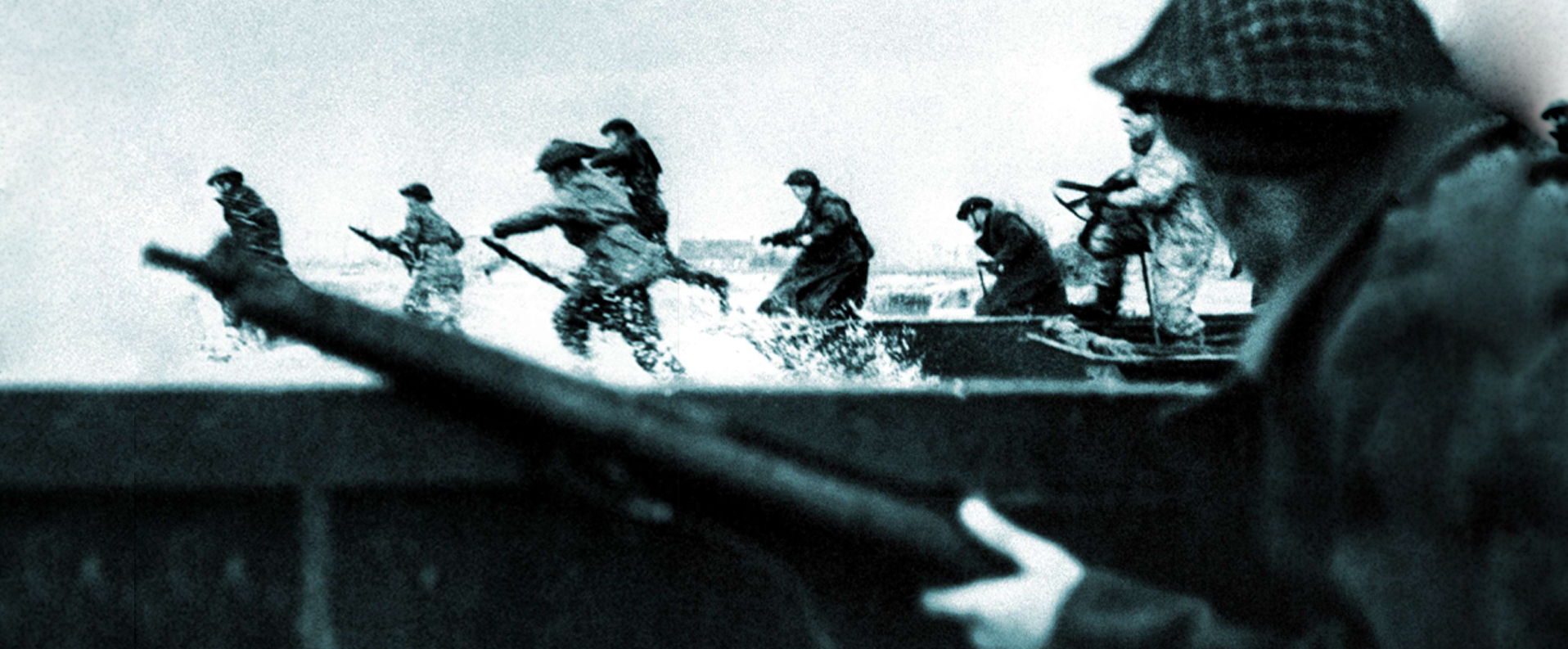
Published in Britain at War in January 2016.
Vice-Admiral Richard Bell Davies: boldness
Richard Davies was born in Kensington, west London, on 19 May 1886. However, he was orphaned by the age of five after both his father, William, a civil engineer, and his mother, Mary, died. This double tragedy meant that young Richard was brought up by his uncle (his mother’s brother), Dr Edwin Beale, a throat and chest specialist, and his family.
After being educated at Bradfield College in Reading West Berkshire, he enlisted in the Royal Navy on 20 April 1901 as a cadet in HMS Britannia, based at Dartmouth, Devon. After witnessing a flight by aerial pioneer Claude Grahame-White, Davies became captivated by flying and later that year took up an offer made to naval officers to learn to fly. However, he eventually qualified as a pilot as a result of private lessons with Grahame-White.
In 1913, Davies joined the Navy’s fledging air service, quickly making a favourable impression while training at the Naval Flying School at Eastchurch, Kent. By the end of the same year, he was serving as a squadron commander in the Royal Flying Corps, Naval Wing.
His Naval Flying School at Eastchurch was headed by Acting Commander Charles Samson and, following the outbreak of the Great War in early August 1914, Davies became a member of Samson’s mobile squadron: No 3 Squadron, RNAS. After flying to Ostend, Belgium, the squadron, including Davies, who was by now aged 28, carried out attack and reconnaissance missions.
On 20 December 1914, Davies carried out a solo mission to bomb a suspected enemy air-shed at Brussels and on 23 January he took part in a daring attack on the German submarine base at Zeebrugge. During this latter low-level raid, Davies, by now a lieutenant, was severely wounded by a bullet to his thigh. For this raid, too, he was awarded the Distinguished Service Order (DSO).
By the time that his DSO was announced, Davies’ powers of recovery meant that he was stationed on the island of Tenedos in preparation for the Gallipoli campaign. During the campaign, he once again took part in numerous bombing and reconnaissance missions. In October 1915, flying a Nieuport Scout on a bombing mission, his aircraft suffered engine failure, forcing Davies to ditch into the sea, where he was rescued by a passing trawler. After Bulgaria joined the war, Davies was one of those chosen to take part in raids on newly-chosen Bulgarian targets.
The action for which Davies was awarded the VC took place on 19 November 1915 when he took part in a raid on Ferejik Junction, Bulgaria. His citation, published on 1 January 1915, stated:
“Flight Sub-Lieutenant Smylie’s machine was received by very heavy fire and brought down. The pilot planed down over the station, releasing all his bombs except one, which failed to drop, simultaneously at the station from a very low altitude. Thence he continued his descent into the marsh.
‘On alighting he saw the one unexploded bomb, and set fire to his machine, knowing that the bomb would ensure its destruction. He then proceeded towards Turkish territory.
‘At this moment he perceived Squadron-Commander Davies descending, and fearing that he would come down near the burning machine and thus risk destruction from the bomb, Flight Sub-Lieutenant Smylie ran back and from a short distance exploded the bomb by means of a pistol bullet. Squadron-Commander Davies descended at a safe distance from the burning machine, took up Sub-Lieutenant Smylie, in spite of the near approach of a party of the enemy, and returned to the aerodrome, a feat of airmanship that can seldom have been equalled for skill and gallantry.”
Both men were recommended for the VC but Smylie’s award was downgraded to the Distinguished Service Cross (DSC). Much later, Davies wrote modestly of his exploits: “It never occurred to me that [while landing to pick up Smylie] we were likely to be interfered with by enemy troops. The marshes were wide and rough with tall banks of reeds and scrub. What did worry me was finding two men to rescue, for I new that some of our military observers had been detailed to take part in the operation as bomb aimer…I could only carry one passenger.
“As I flew down I could see the Farman [aircraft] burning. I flew low round it looking for Smylie and received an almighty shock when the plane suddenly blew up. I had no idea there was a bomb still on board and, in case there were any more, I hastily climbed away. Then I saw Smylie emerge from a little hollow in which he had been lying and wave.” Davies made a bumpy landing and Smylie scrambled into the aircraft. Davies recalled: “He managed somehow to stow himself away looking most uncomfortable.”
In his log book, Davies recorded the entire accident in ten crisp sentences: “Dropped 3 20 lb bombs at Stn at Ferejik. Comdr and Smylie in compy. One bomb burst on line. Returning saw Smylie’s machine burning in marshes. Landed and picked him up. Ground firm and fairly level. Kept engine [running]. He got under cowl. Returned, machine running well. Time 10.5-12.20.”
In early 1916, and after the Gallipoli campaign had failed, Davies was appointed to the reformed 3 Wing, RNAS. In this role as chief of flying operations, he flew on a number of raids targeting German industrial areas. On 15 April 1916, he received his VC from George V in an investiture at Buckingham Palace.
Davies survived the war and earned himself a reputation as an aviation pioneer for his design skills. He carried out several dangerous, experimental flights, being awarded the Air Force Cross (AFC) for his courage. When the RAF was formed in April 1918, Davies was appointed lieutenant colonel.
Davies, who married after the war and had a son and a daughter, enjoyed a distinguished military career after the war and retired in 1941 in the rank of vice-admiral.
Davies died in Haslar Naval Hospital, Hampshire, on 26 February 1966, three months before his 80th birthday. His VC is not part of my medal collection and is located at the Fleet Air Arm Museum, Yeovilton, Somerset.
Download a PDF of the original Britain at War article
For more information, visit:
LordAshcroftOnBravery.com


